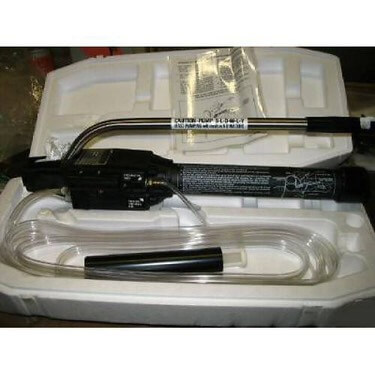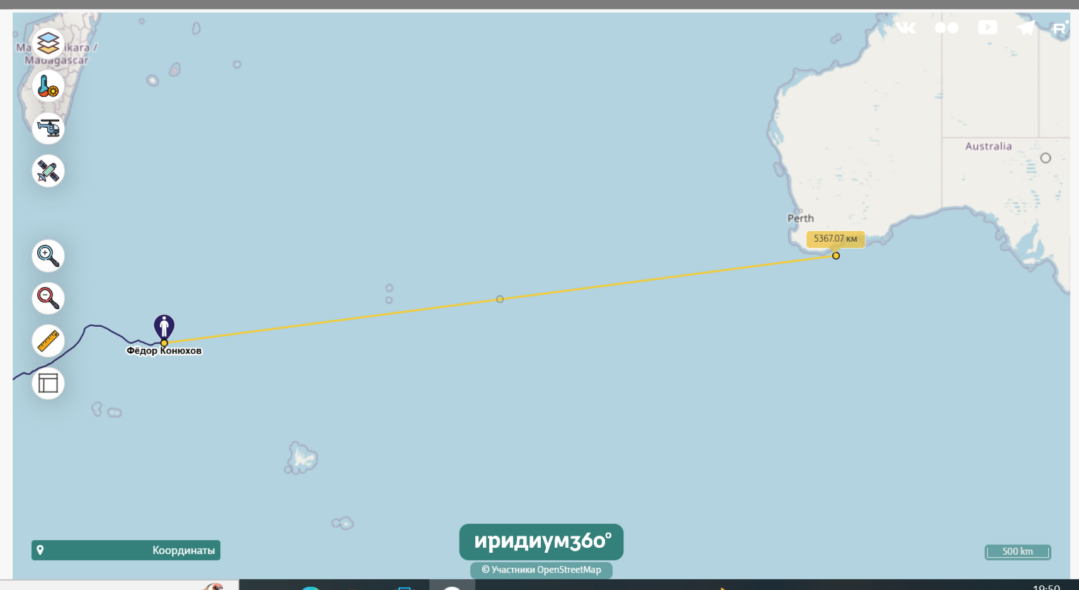111 days in the ocean
After several days of storms, Fedor Konyukhov got in touch. He reported that the stationary Schenker desalination plant had completely failed. Moisture, condensation, and saltwater had entirely corroded not only the copper wires of the contact group, but also the connectors on the desalination plant casing.
Ideally, the desalination plant is securely mounted in a dry, well-ventilated engine room. However, there is no dry place on a rowing boat. According to Fedor, it feels like being inside a damp cave, with condensation running down the ceiling and walls. When the boat capsized, seawater (which is always present in small amounts under the floorboards) spreads throughout the hull, affecting navigation instruments, communication devices, and the desalination plant.
Starting today, Fedor Konyukhov will rely on a manual desalinator, and this is the first time in his history of rowing or yachting when he had to switch to a manual desalinator. We buy a new manual desalination plant for every expedition, and for over a quarter of a century, it was never needed – until now, when it has become the only source of fresh water for a person surrounded by the ocean.…
On board, Fedor Konyukhov has one of the most widely used manual desalinators – the Katadyn Survivor 35.
The name itself, Survivor, suggests that if you have to use this device, then things are far from ideal.
According to the manual, when operated continuously with a pump (handle), the desalinator produces 4 or 4.5 liters per hour, depending on the density and temperature of the water.
When our compatriot Denis Gorbylev crossed the Atlantic Ocean on a rowing boat, as part of an international team, their stationary desalination plant also failed, forcing them to use a Katadyn 35. One crew member was assigned to pump fresh water instead of rowing – four hours per shift, shift after shift.
The manual desalination plant is quite bulky. It must be installed on a flat, hard surface, then held with one’s feet or a free hand while the other hand operates the pump in an up-and-down motion. Fedor Konyukhov’s first experience: 550 strokes produce approximately 1 liter of fresh water.
Now, in addition to all the tasks that Fedor Konyukhov had to solve for 110 days, another one has been added – at least one hour of work with a manual desalinator per day, or several hours in a row if a storm is approaching. Taking advantage of good weather, Fedor will pump 3-4 liters of fresh water for 2-3 days. In stormy conditions, pumping water becomes extremely difficult – almost impossible.
Collecting rainwater is not an option. The boat is close to the ocean’s surface, and rains are usually accompanied by squalls and splashes of waves, making it impossible to gather clean freshwater.
This is undoubtedly a serious challenge for Fedor Konyukhov. Australia is 5,300 km or 2,900 miles away. There is an inviolable emergency supply of bottled fresh water (30 liters) on board, enough for 30 days at 1 liter per day.
The midpoint of the Indian Ocean is 70 degrees east longitude. The current coordinates of the AKROS boat are 41°45′ south latitude and 57°10′ east longitude, which is the meridian of the Russian city Ufa. Magnitogorsk, Miass, and Chelyabinsk are up ahead.
Route map: https://www.iridium360.ru/guest/journey/cc965788



